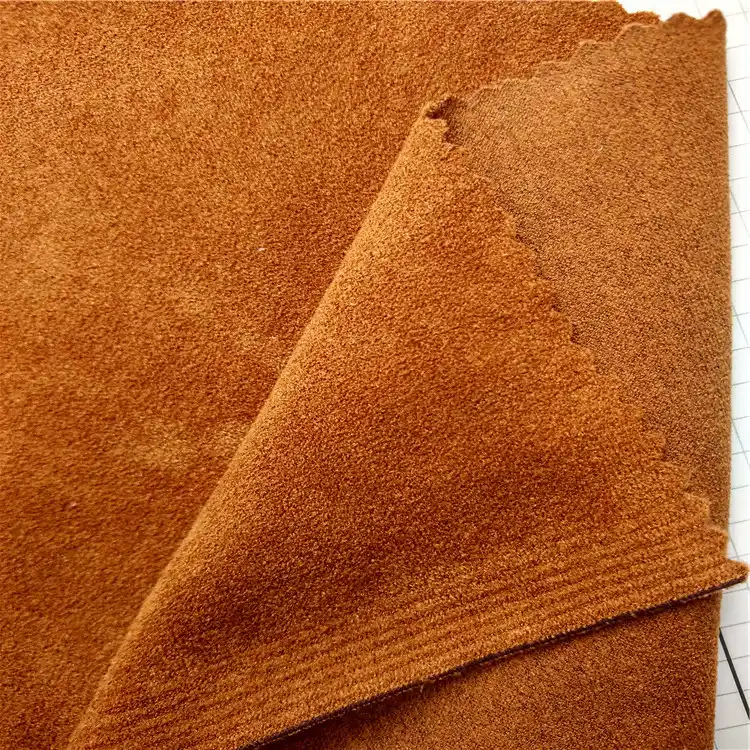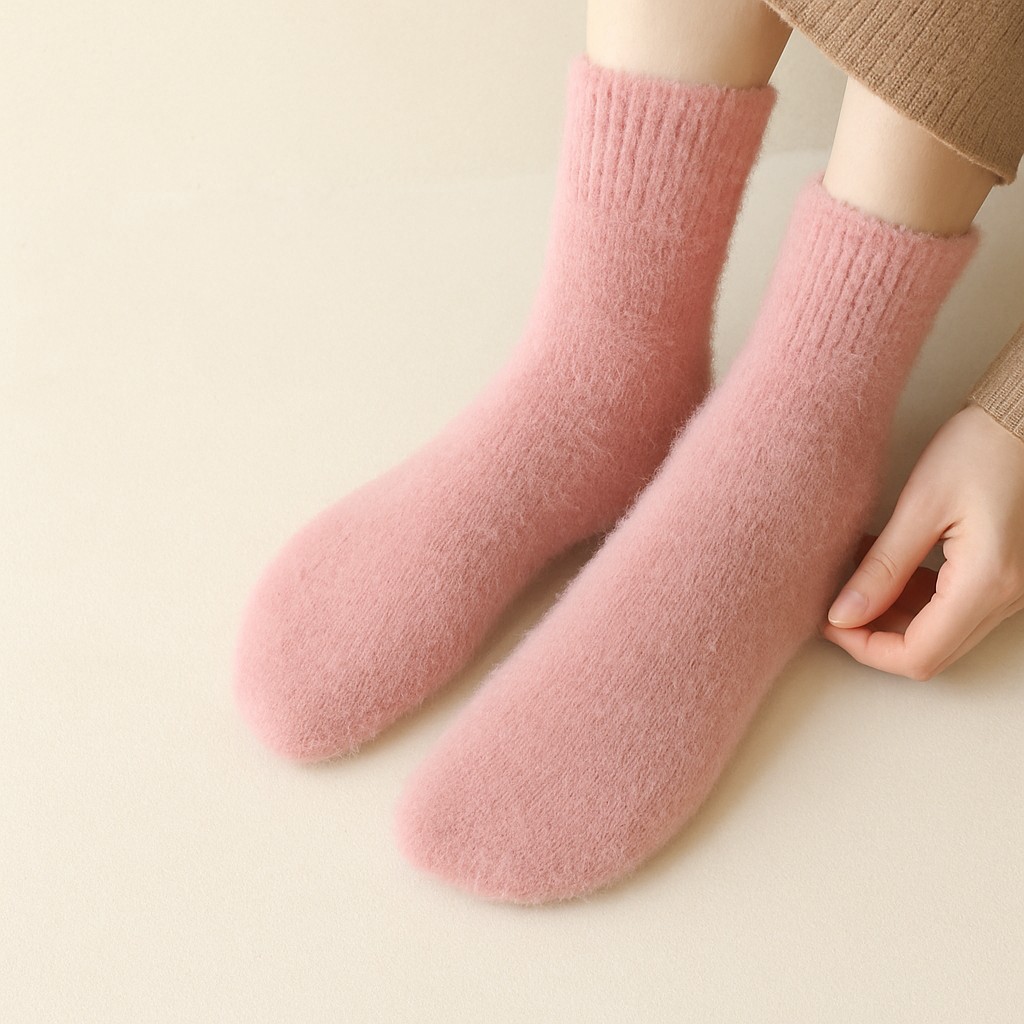When it comes to formal attire, the nuances of matching can significantly impact your overall appearance and confidence. Whether you are preparing for a wedding, a corporate event, or a gala, understanding how to coordinate your outfit is essential. This guide delves into the intricacies of matching formal attire, providing you with practical tips and insights to ensure you look your best.
Understanding Formal Attire
Before diving into the specifics of matching, it’s crucial to understand the different types of formal attire. Generally, formal wear can be categorized into three main styles: black tie, white tie, and business formal. Each category has its own set of expectations and guidelines.
- Black Tie: Typically requires a black tuxedo, a white dress shirt, a black bow tie, and black patent leather shoes. Accessories such as cufflinks and a formal watch can enhance the look.
- White Tie: The most formal of all, this attire includes a black tailcoat, a white waistcoat, a white bow tie, and black patent leather shoes. This style is often reserved for the most prestigious events.
- Business Formal: This is less rigid than black or white tie but still requires a polished look. A dark suit, a crisp dress shirt, and a conservative tie are standard, complemented by leather shoes.
Key Elements of Matching Formal Attire
- Color Coordination
Color plays a pivotal role in matching formal attire. Here are some guidelines to consider:
- Classic Combinations: For black tie events, a black tuxedo paired with a white shirt is timeless. For business formal, navy or charcoal suits are versatile and can be paired with a variety of shirt colors.
- Accent Colors: Use ties, pocket squares, and socks to introduce accent colors. Ensure these colors complement your suit and shirt. For example, a deep burgundy tie can add a touch of sophistication to a grey suit.
- Seasonal Considerations: Lighter colors are often more suitable for spring and summer events, while darker shades are preferred in fall and winter.
- Fabric Selection
The fabric of your attire can influence not only the look but also the comfort level. Here are some fabric considerations:
- Wool: A classic choice for suits, wool is versatile and can be worn year-round. Opt for lighter weights in warmer months and heavier weights in colder seasons.
- Silk: Ideal for ties and pocket squares, silk adds a luxurious touch to your outfit. However, be mindful of the sheen; a matte finish can often appear more sophisticated.
- Cotton and Linen: These fabrics are excellent for summer events, providing breathability and comfort. Linen, however, tends to wrinkle easily, so consider this when choosing your outfit.
- Fit and Tailoring
No matter how well you match colors and fabrics, the fit of your attire is paramount. Here’s how to ensure a perfect fit:
- Tailoring: Invest in tailoring to achieve a custom fit. Off-the-rack suits often require adjustments in the shoulders, sleeves, and pant length.
- Proportions: Pay attention to the proportions of your outfit. A well-fitted jacket should hug your shoulders without being tight, and trousers should break just above your shoes.
- Layering: For colder events, consider layering with a tailored overcoat. Ensure that the overcoat complements your suit in both color and style.
- Accessorizing Wisely
Accessories can elevate your formal attire but should be chosen with care. Here are some tips:
- Ties and Bow Ties: Choose a tie that complements your shirt and suit. If you opt for a bow tie, ensure it matches the formality of your outfit.
- Footwear: Shoes should always be polished and appropriate for the occasion. Black leather shoes are a safe bet for most formal events, while brown can work well with navy or grey suits.
- Watches and Jewelry: Keep jewelry minimal and sophisticated. A classic watch can enhance your look without overwhelming it.
Conclusion
Matching formal attire is an art that combines color coordination, fabric selection, fit, and accessorizing. By understanding the nuances of each element, you can create a polished and sophisticated look that is appropriate for any formal occasion. Remember, the key to looking your best lies not only in the individual pieces but also in how they come together as a cohesive outfit. With these guidelines in mind, you are well on your way to mastering the art of formal attire matching.


